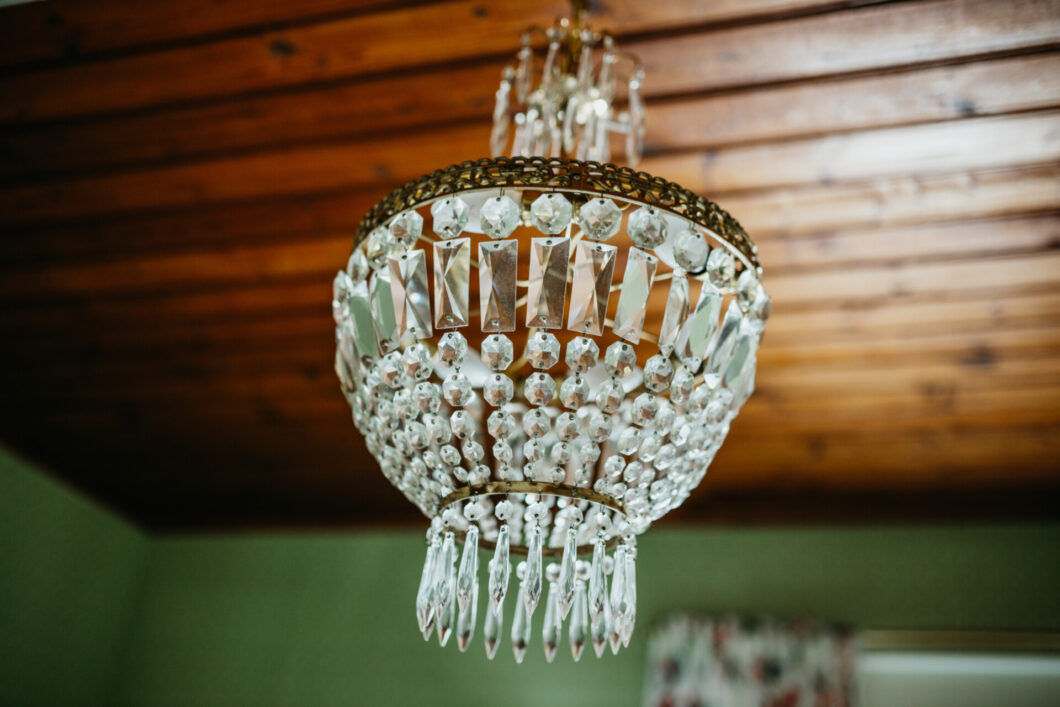
History of Löydön Kartano
During all its history Löydön Kartano has a great influence on development at a local level, you can even find connections to the history of the state. The history of the manor can be traced back as far as the early 18th century, at that time the owner was superintendent of bridges with the surname Särkkä.
In 1752, the manor was bought by Major Gustav Frederick Dunker, who had to leave his home, which was left on the side of Russia after the Åbo peace treaty.

Dunckers
Joachim Zacharias Duncker, the most famous child ofMajor Dunker, was immortalised in the poem “On the fifth day of July” from the series “Tales of Ensign Stål”, written by Runeberg. The manor house Löytö was Joachim`s home before the 19th century. He moved to Puntala only after marrying the daughter of Captain Tuderusa, who lived in the manor Kosoniemi. In honor of Dunker a memorial stone was placed in the fortress Brahenlinna (in Ristiina, Mikkeli) and in the cemetery of the town of Umeå, where he was buried.

Tuderuses
Tuderuses family time was the most magnificent time in the history of the manor. Tuderuses had an impact in the court of the Emperor. They often traveled to Europe, much more compared to other people of those times. They had strong influence on the industry and culture of Ristiina. Major engineer Gustaf Tuderus bought the manor Löydön Kartano in 1854 for five thousand rubles. There were not as many fields, but area had many meadows. Nearby ponds were much bigger than they are now. One of ponds was dried up, and the island in the pond Pankalampi was attached to the shore.

Renovations
Gustave Tuderus has built among other things a brick factory and mill in Löytö. During his time a lot of new arable land were cleared. The fields drainage was made using brick pipes at that time. On the Löydön kartano fields the oldest drainage brick pipes in Finland were found. Gustaf Tuderus resigned from the Army as a Major General, engineer troop commander. He died in 1877 and at that time the fields and manor house were in the excellent condition.
After Gustav his son Victor Edward Tuderus, who also was a military man, took care of the manor. Victor Edward was the commander of the reserve battalion in Tuukkala. During military exercises, his soldiers had found one of the richest ancient finds in Finland, burial Tuukkala. Based on these findings, national costumes of Tuukkala and plenty of jewelry were reconstructed.

Cultural influences
Viktor Edvard Tuderus served quite a long time at the court in St. Petersburg. There he became acquainted with Sonja von Remy, the Emperor’s god-daughter, with whom he married. They moved to Löydön kartano manor and had a son who was christened Edward. Sonja who was used to actively participating in social life, did not really enjoy life in Löytö. So the couple was divorced. Perhaps it happened partly because of active lecturer Åkerssonin wife Hilda née Pylkkänen, who constantly begged Victor to teach her how to paint.
Victor Tuderus was a very talented artist, and he was strongly influenced by Ilya Repin, who had influence in the court of the Emperor. After moving to France, Victor won several art awards and had partially supported himself and his wife with his artwork.

It was told that a decision to move to Nice was made in haste. When he went to visit another noble family with his new wife Hilda, he was greeted with locked doors.
The new marriage was not approved, so Victor sold all his property to the judge E. Berner and moved to Nice. He had about 7000 hectares of land and also a lot of stocks and other property. All of his property was squandered by his new wife in Nice, mostly playing at the Monte Carlo casino. Viktor Edvard Tuderus was forced due to lack of money to sell all of his most prestigious distinctions.
The end of Hilda’s life was not very pleasant. She died from the erysipelas disease. Victor was married a third time with a young, talented French Marguerite.

The twentieth century
In the early twentieth century manor Löydön Kartano changed hands almost every year. In 1906, the manor was bought Ananias Kyyrö, who ran it together with his family till the great economic crisis of 1933. Then, the manor was sold in a forced auction by the bank “Kansallis-Osake-Pankki”. The bank bought the manor and the bank director Wäinö Pursiainen took care of the manor.

Alanko family
In 1951, the manor was bought by Arvo and Lydia Alanko. From then, Liisa and Tapani Alanko inherited the manor. In the 1970s, the Alanko family opened the manor for tourism and catering services. Heikki and Aila Alanko nowadays continue running the family business.
